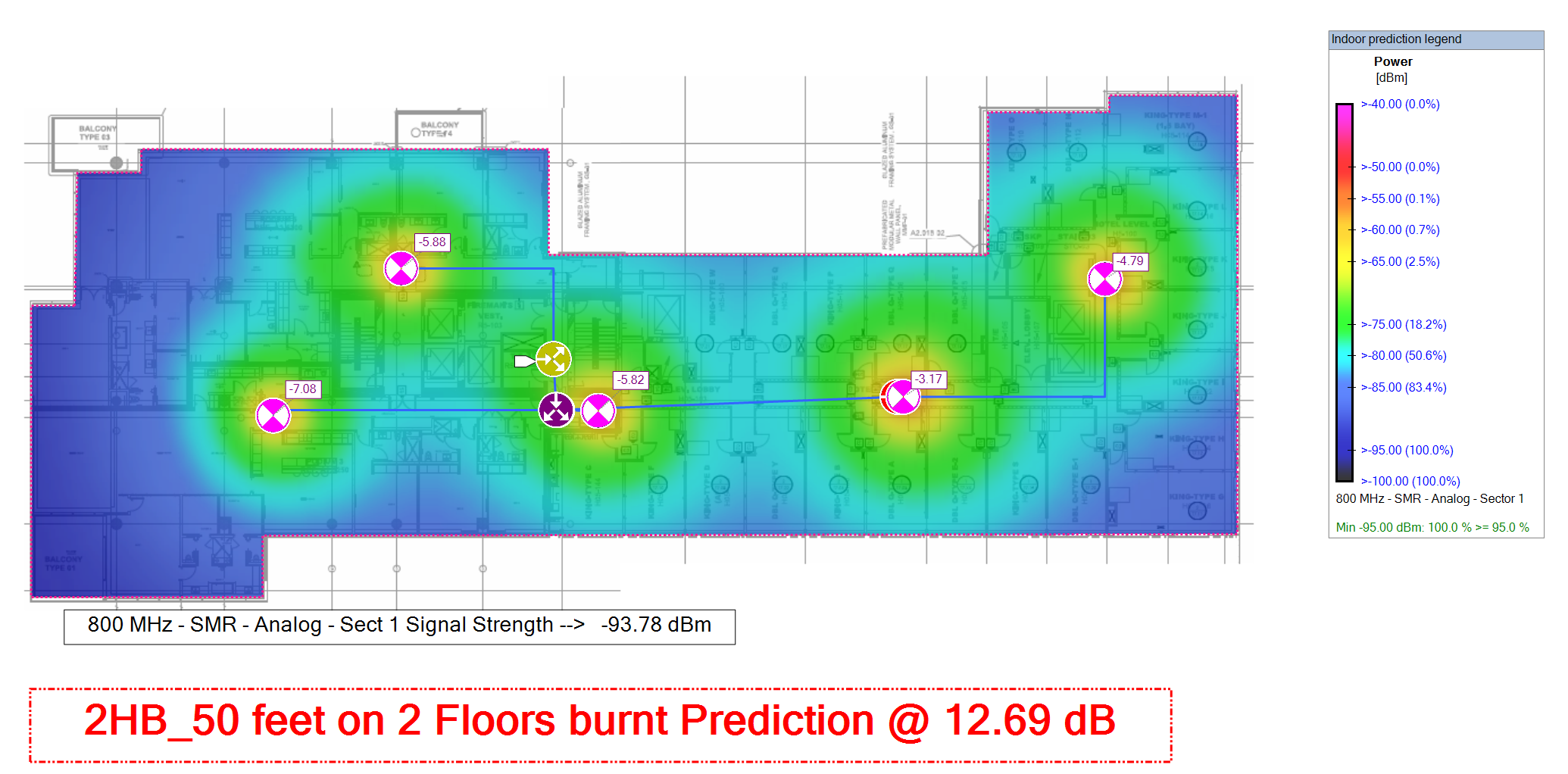Proper (RF) Planning Prevents Poor Performance
The appetite for connectivity is huge and it is growing exponentially. 5G is set to feed that appetite, but a huge challenge faced by those responsible for building infrastructure is designing a system that can be easily deployed, without interference and delivers the desired connectivity with no unexpected challenges. To achieve this not only requires solutions that deliver when it comes to RF performance but an installation plan that considers the physical landscape and existing coverage and designs systems specifically for this.
Pitfalls of poor planning
The RF landscape is more complicated than ever before and so one of the key drivers for proper RF planning is to avoid both interference issues and coverage gaps. It sounds straight forward and obvious but the downsides of failing to plan can be profound. Designing carefully means that when it comes to the installation itself, everything has been planned with available components in mind, allowing for a smooth deployment with minimal last-minute troubleshooting required. It also can have a huge impact on limiting costs and over designing with poor planning is proven to inflate cost by more than double on some instances.
Particularly in a post covid world, planning has become more essential than ever before with many experiencing import and export shortages which have a knock-on impact when it comes to availability and cost. RFS services typically incorporate our own products to maximize cost and scheduling efficiencies, but where there is a need for third party equipment, advanced planning is crucial. There is no longer, although arguably there never was, a place for a ‘just in time’ mindset to logistics and deployments and planning is at the heart of avoiding the associated pitfalls of this approach.
Ensuring optimum performance
So, we can fully appreciate the need to plan, but as with most things, not all planning services are created equally. At RFS we incorporate iBwave Level 4 expert overview of designs which is simply not a service offered by most companies. We offer high end 3D design services for the leading carriers in the world and are a leading expert when it comes to the design of Public Safety systems for enterprise and industry experts.
2020 saw the launch of DragonSkin cable which is the industry’s first stand-alone cable which can burn at high temperatures for two hours without impacting performance. However, alongside the solution itself, we have to make sure the deployment is right to be certain, that if the worst happens, connectivity isn’t compromised.
This diagram shows how we plan the deployment, not only to ensure coverage on a day-to-day basis, but in the event of a fire. We can see clearly that the installation has been planned to ensure the benefits of DragonSkin can be realised.

The key principles of a design are to ensure minimal interference post deployment (-6dB is industry standard) and that critical areas are covered (or not covered for example to minimize outdoor bleed) and at RFS, our design teams ensure that these priorities are met.
In practice
Mini case studies:
- Brazil installation
- A multi-operator and multi-technology full turnkey solution, including RF design and materials, active equipment, RF & DAS Installation, commissioning, walktest and assisted operation. During the World Cup 2014 final the system supported a volume of data traffic equivalent to 2.6 million photos (1.5 tetrabytes) exceeding the previous record of traffic volume in stadiums by 62%.
- George Bush Intercontinental Airport
- Coverage upgrade at three airport terminals as well as underground walkways. The upgrade was completed in 23 days ready for Superbowl crowds. RFS’s turnkey project services enabled optimized coverage to be rolled out without delays to meet the tight deadline.
- Broadcast deployment
- During the pandemic, RFS’s broadcast team worked with Arkansas PBS to plan any install broadcast repeater sites to increase coverage from 75% of the states’ population to 97%, allowing the broadcaster to deliver at home educational resources via over-the-air broadcasting.
If you would like to hear more about RFS’s RF design services, please get in touch Ben Holt, National Director – Services.


